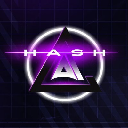-
 Bitcoin
Bitcoin $103,931.2662
-0.08% -
 Ethereum
Ethereum $2,515.2052
-1.38% -
 Tether USDt
Tether USDt $1.0000
0.02% -
 XRP
XRP $2.3918
-0.67% -
 BNB
BNB $654.1944
-1.38% -
 Solana
Solana $174.0138
-1.29% -
 USDC
USDC $0.9999
0.02% -
 Dogecoin
Dogecoin $0.2367
-1.31% -
 Cardano
Cardano $0.8164
-0.40% -
 TRON
TRON $0.2671
0.47% -
 Sui
Sui $4.0483
0.42% -
 Chainlink
Chainlink $17.1006
0.54% -
 Avalanche
Avalanche $25.0409
-1.62% -
 Stellar
Stellar $0.3117
-0.92% -
 Shiba Inu
Shiba Inu $0.0...01621
-1.31% -
 Pi
Pi $1.2479
33.76% -
 Hedera
Hedera $0.2079
-3.03% -
 Toncoin
Toncoin $3.4396
-1.82% -
 Hyperliquid
Hyperliquid $24.5292
-3.54% -
 Bitcoin Cash
Bitcoin Cash $409.0124
-2.08% -
 Polkadot
Polkadot $5.1305
-0.51% -
 UNUS SED LEO
UNUS SED LEO $8.3933
1.01% -
 Litecoin
Litecoin $100.6636
-3.99% -
 Monero
Monero $333.5430
2.54% -
 Pepe
Pepe $0.0...01434
9.70% -
 Bitget Token
Bitget Token $4.8630
-1.08% -
 Dai
Dai $0.9998
0.00% -
 Ethena USDe
Ethena USDe $1.0001
0.00% -
 Uniswap
Uniswap $6.9994
-5.01% -
 Bittensor
Bittensor $474.4253
3.93%
What sector does Cartesi (CTSI) coin belong to?
Cartesi (CTSI) transcends conventional blockchain sectors, operating primarily as a Layer-2 scaling solution while embracing elements of smart contract development, Layer-2 rollups, and side-chains.
Dec 08, 2024 at 03:20 pm
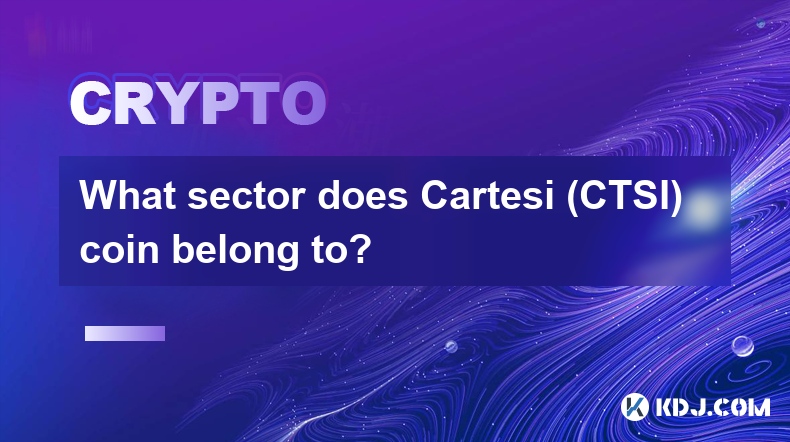
Exploring Cartesi (CTSI) Coin: Unveiling its Role in the Blockchain Ecosystem
Introduction
Cartesi (CTSI) is a versatile cryptocurrency that has gained significant traction within the blockchain sphere. Its unique architecture and innovative approach to smart contract development have positioned it as a force to be reckoned with in the industry. This comprehensive article delves into the realm of Cartesi, shedding light on its multifaceted aspects and exploring the sector to which it belongs.
Defining the Sector of Cartesi (CTSI) Coin
Cartesi, by its very nature, transcends the conventional boundaries of blockchain sectors. It encompasses elements of several domains, defying simple categorization. Nonetheless, its primary focus lies within the realm of Layer-2 scaling solutions. Its ability to alleviate the limitations of Layer-1 blockchains, including scalability and cost concerns, places it firmly within this sector.
Unveiling the Multifaceted Nature of Cartesi
Cartesi's multifaceted nature extends beyond its role as a Layer-2 solution. Its innovative architecture encompasses three distinct layers, each contributing to its overall functionality:
1. Cartesi Machine (CTSI VM):
This layer serves as the cornerstone of Cartesi's capabilities. It empowers developers to create complex smart contracts using mainstream programming languages such as C++, Rust, and Python. This paradigm shift breaks free from the confines of traditional smart contract development, enabling the seamless integration of real-world applications.
2. Descartes Rollups:
Descartes Rollups represent Cartesi's Layer-2 scaling solution. They leverage Optimistic Rollup technology to bundle multiple transactions off-chain, significantly reducing computational demands on the Ethereum mainnet. This offloading enhances transaction throughput and lowers gas fees, providing a cost-effective and scalable environment for smart contract execution.
3. Noether Side-Chains:
Noether Side-Chains introduce an element of flexibility and customization to Cartesi's architecture. Developers can deploy their own dedicated side-chains, tailored to specific application requirements. This customizable approach allows for optimized resource allocation and the seamless integration of complex functionalities, catering to the diverse needs of various projects.
Addressing Key Questions Surrounding Cartesi (CTSI)
1. What Problems Does Cartesi Solve?
Cartesi addresses the fundamental limitations of Layer-1 blockchains, namely scalability and cost concerns. By offloading computationally intensive tasks to its Layer-2 infrastructure, it significantly reduces gas fees associated with smart contract execution. Additionally, its ability to integrate mainstream programming languages empowers developers to build complex applications with ease, fostering innovation within the blockchain domain.
2. How Does Cartesi Enhance Smart Contract Development?
Unlike traditional smart contract development, which relies on domain-specific languages, Cartesi introduces the paradigm of mainstream programming languages. This opens up a world of possibilities for developers, enabling them to leverage their existing skills and expertise to create sophisticated smart contracts. The use of familiar programming languages simplifies the development process, accelerates project timelines, and fosters a more inclusive environment for developers.
3. What are the Potential Applications of Cartesi in Various Sectors?
Cartesi's versatility extends beyond its primary focus on Layer-2 scaling solutions. Its architecture lends itself to a wide range of applications across various sectors, including decentralized finance (DeFi), gaming, and enterprise solutions. By enabling developers to build complex smart contracts with ease, Cartesi empowers them to revolutionize existing industries and create novel use cases that drive innovation within the blockchain ecosystem.
Disclaimer:info@kdj.com
The information provided is not trading advice. kdj.com does not assume any responsibility for any investments made based on the information provided in this article. Cryptocurrencies are highly volatile and it is highly recommended that you invest with caution after thorough research!
If you believe that the content used on this website infringes your copyright, please contact us immediately (info@kdj.com) and we will delete it promptly.
- Shiba Inu (SHIB) Price Prediction: Cup & Handle Pattern Could Launch SHIB to $0.00003298
- 2025-05-12 12:20:13
- MAGACOIN FINANCE (MGA) Emerges as the New Meme Coin Heavyweight Looking to Capitalize on 2025 Bull Run
- 2025-05-12 12:20:13
- Lightchain AI (LCAI) Stands Out From the Crowd by Fusing Artificial Intelligence and Blockchain
- 2025-05-12 12:15:14
- Bitcoin Is Finally Reclaiming Its Place As A Big Alternative
- 2025-05-12 12:15:14
- Polyverse (PTC) Listing Announcement on LBank Exchange
- 2025-05-12 12:10:12
- The cruel training of elephants exploited by tourism in Thailand
- 2025-05-12 12:10:12
Related knowledge
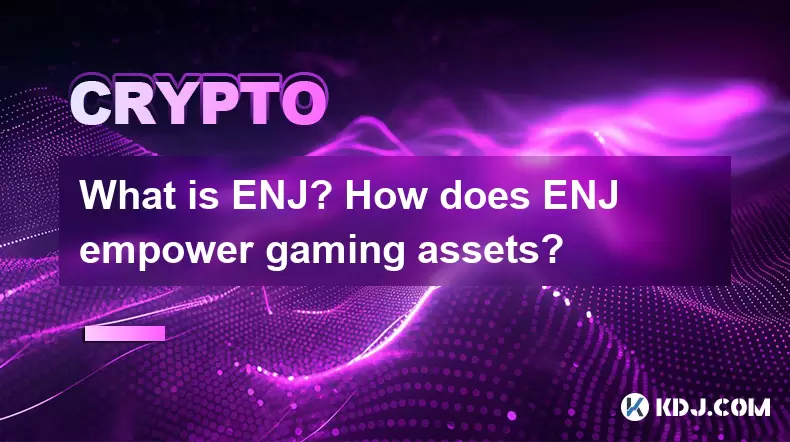
What is ENJ? How does ENJ empower gaming assets?
May 12,2025 at 11:49am
ENJ, short for Enjin Coin, is a cryptocurrency specifically designed to empower and enhance the world of gaming assets. Launched in 2017 by Enjin, a leading blockchain ecosystem for gaming, ENJ serves as the backbone for creating, managing, and trading digital assets within games. The primary goal of ENJ is to bridge the gap between traditional gaming a...
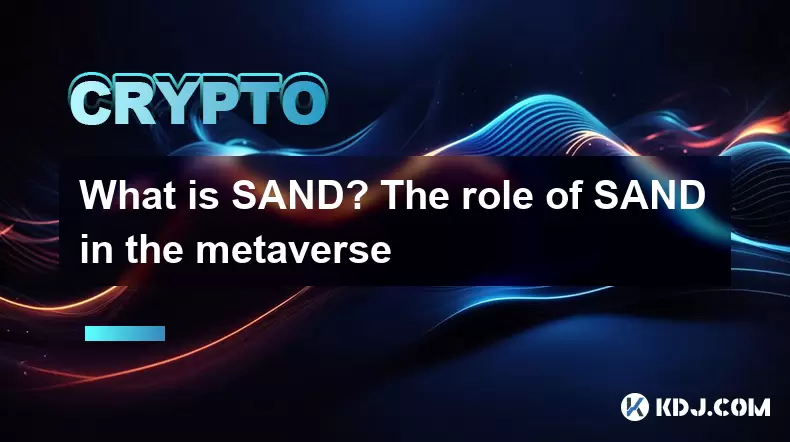
What is SAND? The role of SAND in the metaverse
May 12,2025 at 11:56am
What is SAND? The Role of SAND in the Metaverse SAND is the native cryptocurrency of The Sandbox, a decentralized virtual world built on the Ethereum blockchain. The Sandbox allows users to create, own, and monetize their gaming experiences using non-fungible tokens (NFTs) and SAND tokens. In this article, we will explore what SAND is and its critical r...
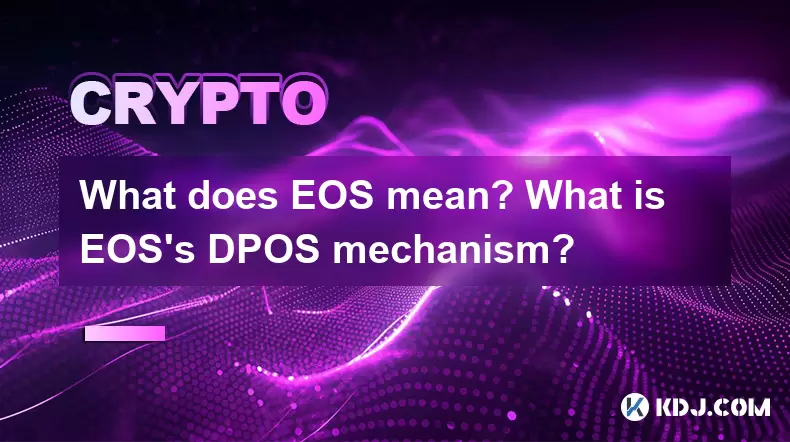
What does EOS mean? What is EOS's DPOS mechanism?
May 12,2025 at 12:28pm
What does EOS mean? What is EOS's DPOS mechanism? EOS is a blockchain platform designed to facilitate the development and execution of decentralized applications (dApps). Launched in 2018 by Block.one, EOS aims to provide a scalable and user-friendly environment for developers to create high-performance applications. The EOS token, which is the native c...
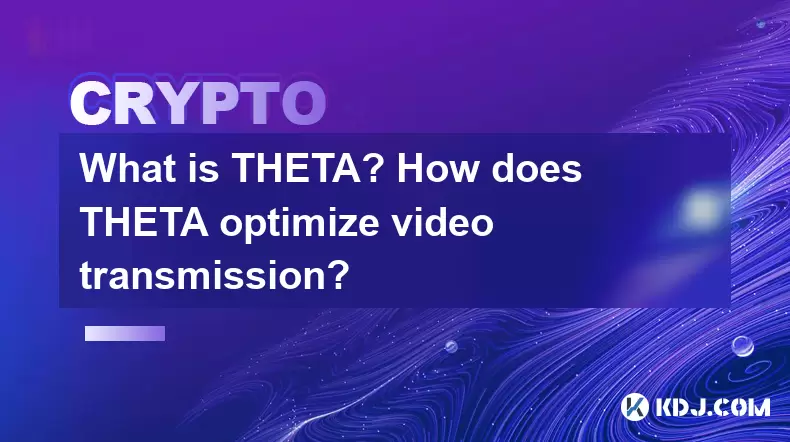
What is THETA? How does THETA optimize video transmission?
May 12,2025 at 12:15pm
What is THETA? How does THETA optimize video transmission? THETA is a decentralized video delivery network powered by blockchain technology. It aims to revolutionize the way video content is streamed and shared across the internet by leveraging a peer-to-peer (P2P) network. The THETA token is the native cryptocurrency of the Theta Network, used to incen...

What is FIL? How does FIL achieve distributed storage?
May 12,2025 at 12:01pm
What is FIL? How does FIL achieve distributed storage? FIL, also known as Filecoin, is a decentralized storage network that aims to create a more efficient and secure way to store data on the internet. It is built on blockchain technology and uses a native cryptocurrency, also called FIL, to incentivize users to share their unused storage space. This ar...
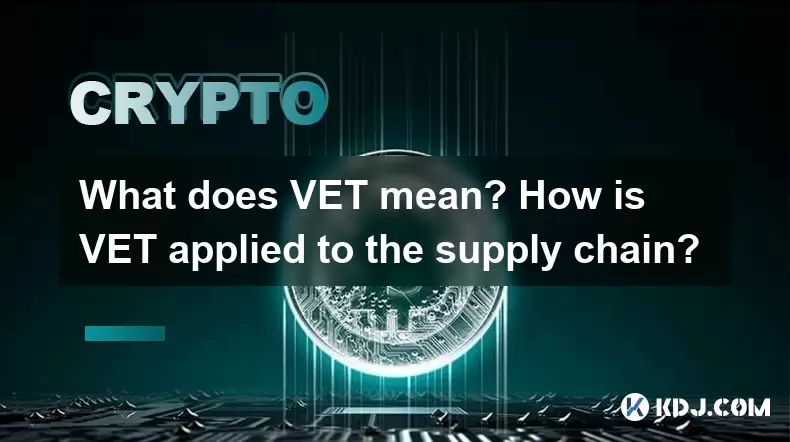
What does VET mean? How is VET applied to the supply chain?
May 12,2025 at 11:28am
What does VET mean? How is VET applied to the supply chain? VET, short for VeChain Token, is a cryptocurrency that operates on the VeChainThor blockchain platform. It serves as the native token of this ecosystem, facilitating transactions and smart contract execution. The VeChainThor blockchain is designed to enhance supply chain management by providing...

What is ENJ? How does ENJ empower gaming assets?
May 12,2025 at 11:49am
ENJ, short for Enjin Coin, is a cryptocurrency specifically designed to empower and enhance the world of gaming assets. Launched in 2017 by Enjin, a leading blockchain ecosystem for gaming, ENJ serves as the backbone for creating, managing, and trading digital assets within games. The primary goal of ENJ is to bridge the gap between traditional gaming a...

What is SAND? The role of SAND in the metaverse
May 12,2025 at 11:56am
What is SAND? The Role of SAND in the Metaverse SAND is the native cryptocurrency of The Sandbox, a decentralized virtual world built on the Ethereum blockchain. The Sandbox allows users to create, own, and monetize their gaming experiences using non-fungible tokens (NFTs) and SAND tokens. In this article, we will explore what SAND is and its critical r...

What does EOS mean? What is EOS's DPOS mechanism?
May 12,2025 at 12:28pm
What does EOS mean? What is EOS's DPOS mechanism? EOS is a blockchain platform designed to facilitate the development and execution of decentralized applications (dApps). Launched in 2018 by Block.one, EOS aims to provide a scalable and user-friendly environment for developers to create high-performance applications. The EOS token, which is the native c...

What is THETA? How does THETA optimize video transmission?
May 12,2025 at 12:15pm
What is THETA? How does THETA optimize video transmission? THETA is a decentralized video delivery network powered by blockchain technology. It aims to revolutionize the way video content is streamed and shared across the internet by leveraging a peer-to-peer (P2P) network. The THETA token is the native cryptocurrency of the Theta Network, used to incen...

What is FIL? How does FIL achieve distributed storage?
May 12,2025 at 12:01pm
What is FIL? How does FIL achieve distributed storage? FIL, also known as Filecoin, is a decentralized storage network that aims to create a more efficient and secure way to store data on the internet. It is built on blockchain technology and uses a native cryptocurrency, also called FIL, to incentivize users to share their unused storage space. This ar...

What does VET mean? How is VET applied to the supply chain?
May 12,2025 at 11:28am
What does VET mean? How is VET applied to the supply chain? VET, short for VeChain Token, is a cryptocurrency that operates on the VeChainThor blockchain platform. It serves as the native token of this ecosystem, facilitating transactions and smart contract execution. The VeChainThor blockchain is designed to enhance supply chain management by providing...
See all articles



















































































